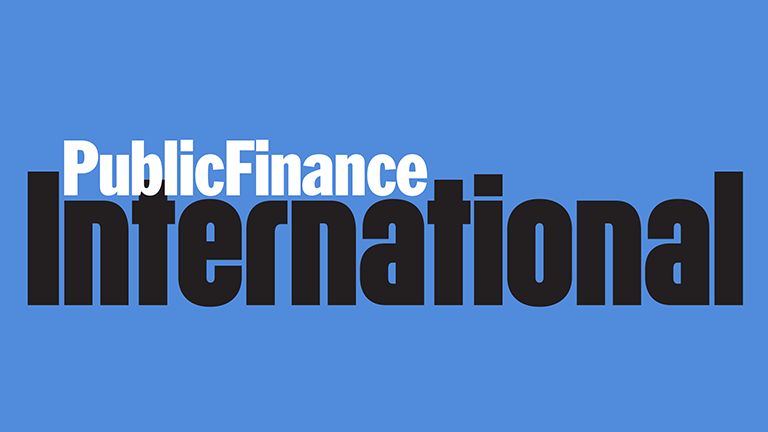São Paulo, Brazil
In the early 2000s, São Paulo used CEPACs [certificates of additional construction potential] to generate revenue for infrastructure projects such as public housing.
Instead of applying to build in a specific area, developers could purchase CEPACs on the stock market, generating government revenue. “The Água Espraiada Urban Operation project, in an area dominated by a favela [slum] and situated next to a stream, was one place meant to receive improved housing and drainage funded by the sale of CEPACs,” according to a paper by Maria Hart, then research and engagement specialist at the Ross Center for Sustainable Cities at the World Resources Institute.
“This focus on improving infrastructure in a low-income area could serve as a model for equitable land value capture design.” In the end, São Paulo achieved its economic goal of raising revenue. The Água Espraiada project raised $806m from CEPACs between 2004 and 2012. Strong political will was a key success factor.
“The way the city spent the revenue, however, could have been more equitable,” says Hart. Only a third of the money raised went to services that directly benefited low-income families, while 59% funded road infrastructure that benefited higher-income car owners. “Many low-income families displaced during construction did not receive adequate alternative housing either,” Hart adds.
Israel
The system in Israel was developed under the UK administration in the 1930s and then revised during the 1980s, according to a paper by the Royal Institution of Chartered Surveyors.
The regime covers all land in the country and operates via a 50% planning levy from the increase in land value on approval of a local or detailed development planning consent.
“This set a historic precedent, with complete geographic [coverage] and high level of income, but is largely contingent upon a strong market and therefore there is significant variation in the amount of revenue received through this mechanism,” the paper states.
Hong Kong
The use of LVC in Hong Kong is one of the examples most commonly cited in academia and beyond.
There, all land is leased from the government, and the Mass Transit Railway Corporation, working with the government, uses LVC to fund new lines.
According to another RICS paper, the MTRC firstly identifies potential new routes and associated development sites, after which it purchases 50-year development rights from the government “at the existing use (or ‘before rail’) land premium”. MTRC then sells development rights to private developers, which take on the construction and sales risks.
The development rights agreement includes a profit-sharing mechanism, based on the sale of residential properties.
In addition, MTRC retains the right to build and manage commercial property, supervises construction standards and undertakes civil works. Although the receipts to MTRC may not be immediate, they have been shown to be quite reliable.














